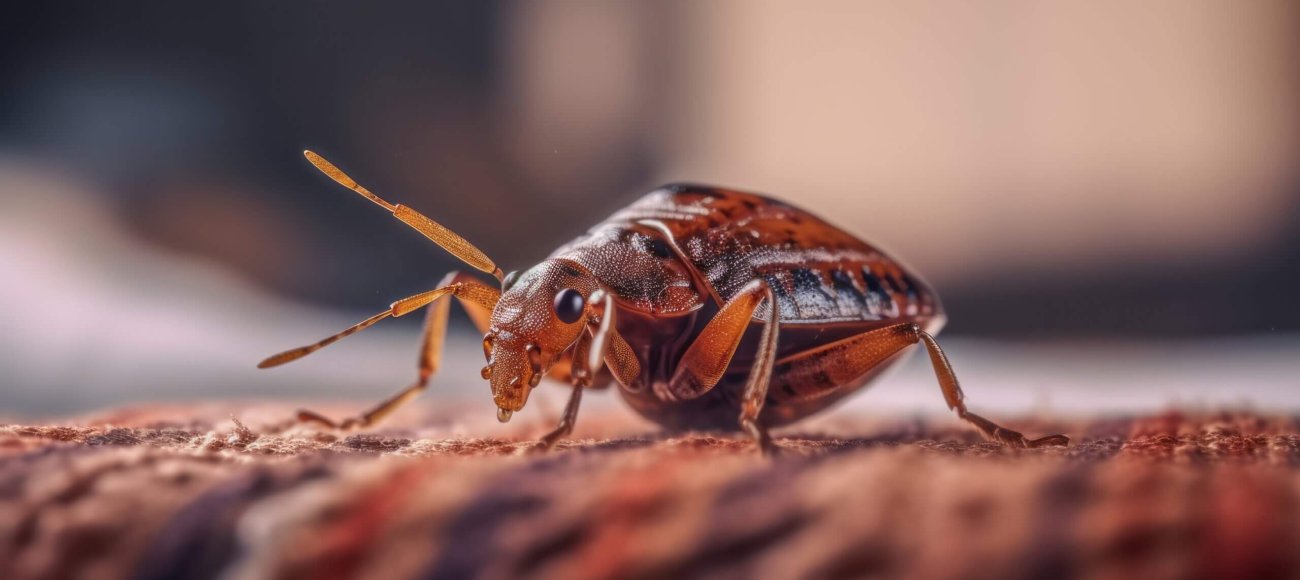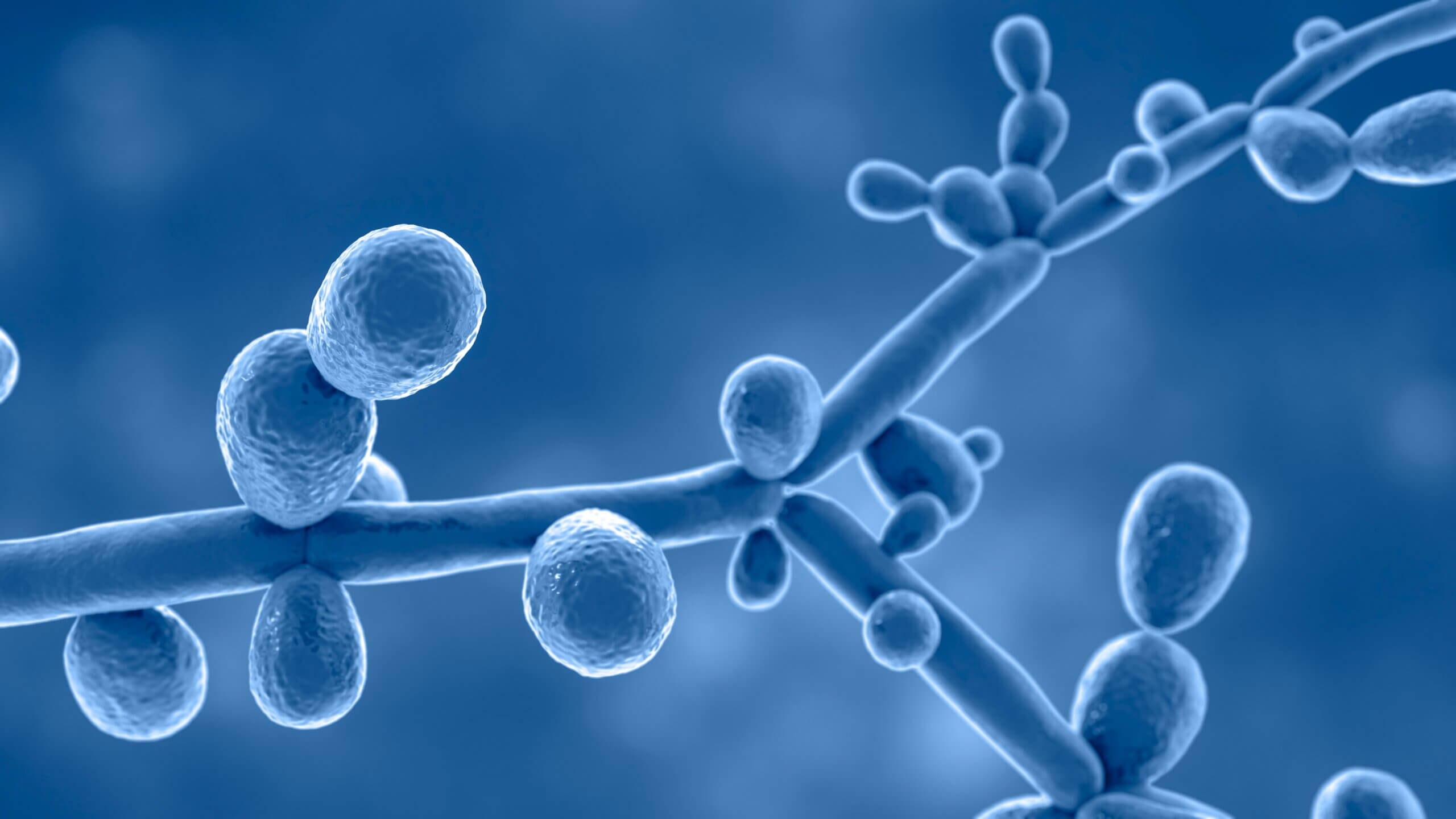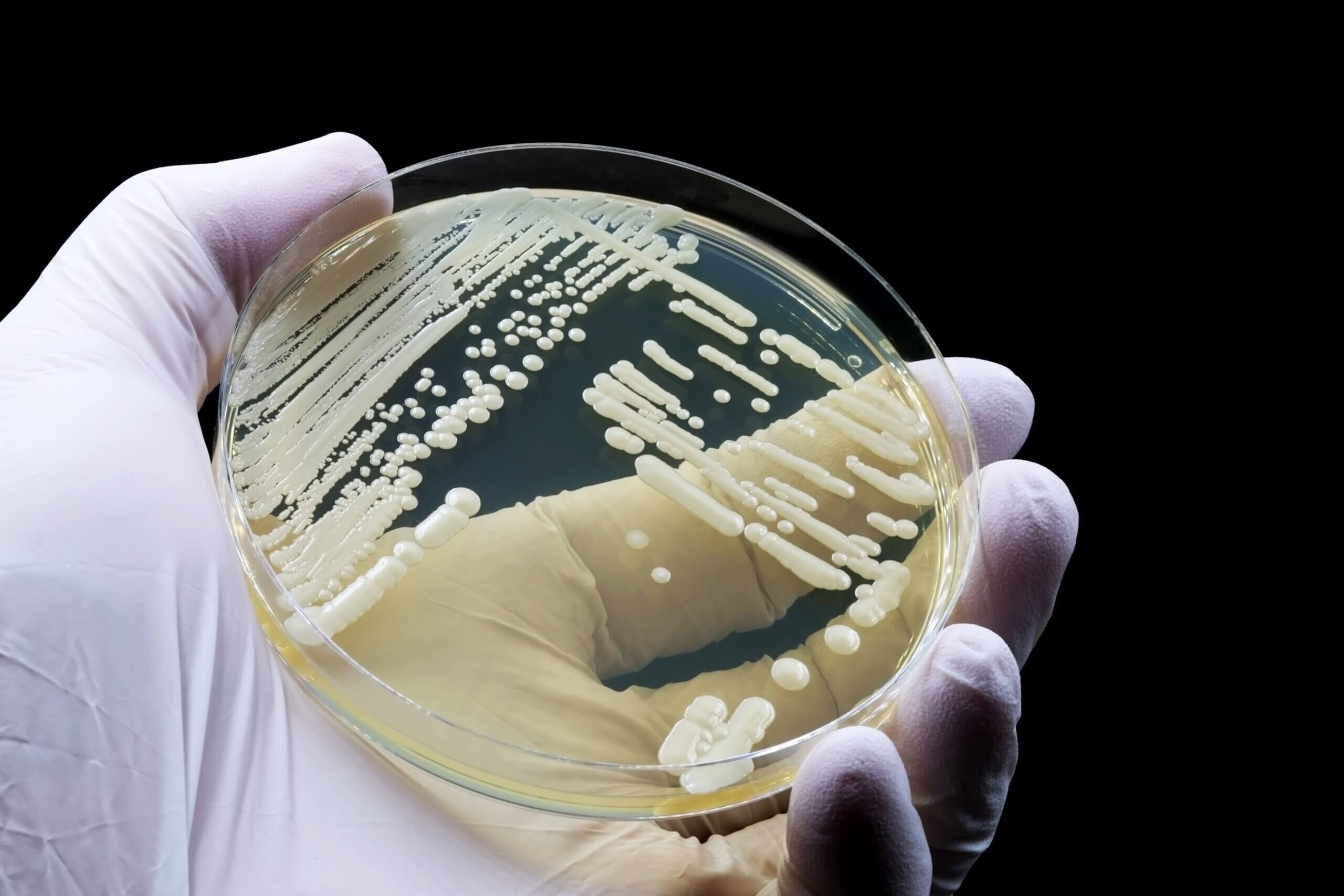Bed bugs (Cimex lectularius) are small, parasitic insects that feed on the blood of humans and animals. These pests are notorious for infesting homes, hotels, and other areas where people sleep or rest. Bed bugs are a significant public health concern due to their ability to spread rapidly and their resistance to many common pest control products. Knowledge about life cycle of bed bugs can help us improve our understanding of their dispersal, and its impact on biocide efficacy.
Where are Bed Bugs Usually Found?
Bed bugs are typically found in places where people sleep or spend extended periods of time. Common hiding spots include:
- Mattresses and box springs
- Bed frames and headboards
- Furniture and upholstery
- Cracks and crevices in walls and floors
- Behind baseboards and wallpaper
They are adept at hiding, making them challenging to control and eradicate.
The Life Cycle of Bed Bugs
The life cycle of bed bugs consists of three primary stages: eggs, nymphal stage and the adults. There are differences between the stages that complicate the efforts to control and eradicate bed bugs
1. Eggs
The life cycle of bed bugs starts with eggs. After taking a blood meal, female bed bugs are capable of laying around 1-5 eggs daily. These eggs measure approximately 1mm with a white or translucent appearance and are difficult to see with the naked eye..
- Habitat and Egg Deposition
Bed bugs prefer to lay their eggs in secluded areas, such as mattress seams, bed frames, or behind baseboards. The eggs are coated with a sticky substance that helps them adhere to surfaces, making them difficult to remove. - Incubation Period
Incubation period varies depending on temperature and humidity levels. Optimal conditions for egg hatching are 70-80°F with high humidity in the air for about 6-10 days; however, cooler temperatures could cause an increase in incubation period.
2. Nymphs
The second stage of the life cycle of bed bugs starts after the eggs hatch. The newly emerging bed bug nymphs are known as first instars. Nymphs are juvenile bed bugs that must pass through 5-stages of development (called instars) before becoming an adult. Each nymphal stage requires one blood meal to molt to the next stage.
- First Instar Nymph
Nymph in its first instar is very tiny, hardly 1.5 mm long, and almost transparent. Once fed, it becomes reddish brown which is due to the ingested blood. This stage takes about 5-7 days. - Second to Fifth Instar Nymphs
As nymphs grow they molt or shed their skin. Molting typically occurs in secluded areas such as cracks and crevices. Bed bug nymphs go through five molts. As the nymphs progress through each stage they become larger and darker in color. Nymphs must take a blood meal to molt to the next stage and will get tighter in hiding as they molt and become more resistant to starvation. The total time for the nymphal stage is approximately 4-5 weeks under favorable conditions.
3. Adults
- The Adult Stage
In the last stage of the life cycle of bed bugs, it reaches the fifth instar stage, and molts into what we call an adult. Adult bed bugs are about 4-5 mm in length and oval shaped. They are reddish-brown, with a flattened body, which makes it easier for them to hide in tiny crevices or any other crack and crevice.
Factors Impacting Bed Bug Spread
The spread and the level of difficulty in controlling infestations of bed bugs is greatly impacted by their lifestyle:
- Rapid Reproduction: High reproductive rate and short developmental time allows the bed bug populations to increase rapidly.
- Mobility: Bed bugs are expert hitchhikers. They can move easily across a room and climb onto luggage or anything left on a bed in just one night.
- Survival Skills: They can survive without feeding for extended periods of time making it possible for them to weather hard times and to reappear when things get better.
Factors Influencing Bed Bug Life Cycle
Several factors influence the life cycle and development of bed bugs. These include:
- Temperature
Bed bugs do well in warm environments. If temperatures are at or greater than 70°F, bed bugs will be able to grow and reproduce rapidly, producing several generations in a year. With increasingly warm temperatures, the life cycles of bed bugs will shorten. Conversely, if temperatures are lowered, the time taken for bed bugs to mature lengthens. - Humidity
High humidity levels lead to a faster overall development and hatching of nymphs. Adult bed bugs are less active and reproduce less in dry conditions. - Availability of Hosts
Frequent access to feeding hosts is a critical component to the survival and reproductive potential of bed bugs, as it can expedite their development and enhance their population growth.
Control and Prevention
Understanding that the lifecycle of bed bugs is a key factor for effective control and prevention. Here is how to manage bed bug infestations:
- Regular Inspection
Inspect for signs of bed bugs frequently on mattresses, bed frames, and other furniture close to sleeping areas. Look for live bugs, shed skins, and fecal spots. - Professional Pest Control
Professional pest control should be contacted for heavy infestations. They offer a range of services that involve killing the bed bug by heat treatments, insecticides, and steam cleaning.
Impact on Bed Bug Biocide Testing
Understanding the life cycle of bed bugs can help formulate and test different and effective biocides. Key points when testing include:
Efficacy Across Life Stages of bed bugs
- Comprehensive Testing: The biocides would be screened for lethality against all life stages of bed bugs: eggs, nymphs, and adults..
- Challenges with Eggs: Since the eggs are relatively tolerant of most treatments, one would have to test the biocides for penetration capability and further impact on egg viability.
Resistance
- Assessment: Tests for potential resistance have to be done to ensure that the biocides act on resistant lines
- Evolution: Resistance build-up should continuously be monitored to have the treatment remain effective.
Application Techniques
- Evaluation: Trials on different methods of applications like sprays, dusts, and aerosols must be carried out to tell which application method works very well in an environment.
- Accessibility: Application techniques should ensure biocides get to all hidden places and inaccessible areas.
Residual Effects
- Longevity: Residual effect evaluation should be conducted on biocides tested for long-term prevention of re-infestation
- Impact Over Time: ability of biocide to stay efficient over time and under various conditions is needed for continuous control.
Conclusion
The life cycle of bed bugs is complex; making it difficult and tricky to bring them under control. Their life cycle is critical in the development and testing of any biocide products. Unless one manages to kill all stages of the bed bugs, considers resistance, and examines multiple application methodologies, treatment cannot be effective; these pests will definitely resurge. Research and tests are therefore quite instrumental for the long run with respect to how such resistances can be overcome and long-lasting solutions availed against bedbug infestation.
Role of MIS
At Microbe Investigations Switzerland, we are dedicated to helping you navigate the complexities of lab and field testing for bed bugs. Our comprehensive services address common challenges such as environmental variability, accurate population monitoring, and effective data collection. With our methodologies and expert guidance, you can ensure your bed bug biocides are thoroughly evaluated and proven effective in real-world conditions.
To learn more about how our field testing services can help you overcome challenges in bed bug testing or to schedule a consultation, please contact our specialists today














